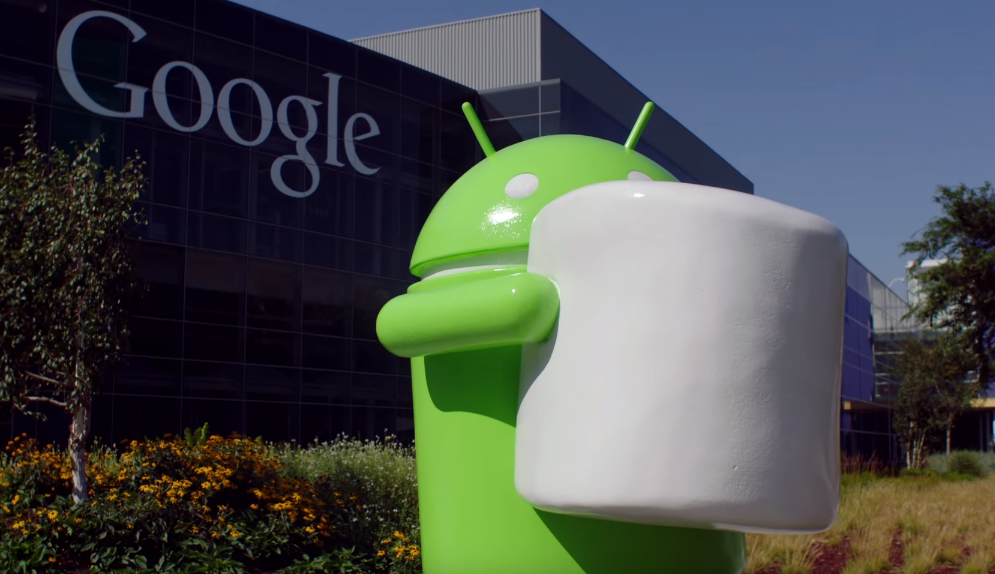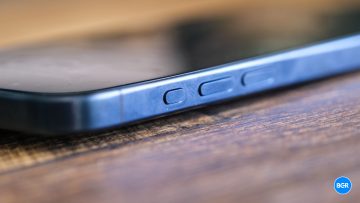With seemingly endless resources and thousands of employees at its disposal, it’s hard to believe that Google is still struggling to get a majority of Android users on to a single platform version. And yet, seven months after the launch of Android 6.0 Marshmallow, not even 10% of Android devices have been updated.
READ MORE: Xbox E3 2016 plans have been revealed – here’s everything you need to know
According to Google’s official distribution statistics, Marshmallow has only reached 7.5% of Android devices since it launched in October of 2015. That’s a significant jump over February’s paltry 1.2% market share, but still alarmingly low.
Within the past few months, Lollipop (released in 2014) has finally overtaken KitKat (released in 2013) as the most popular version of Android by a margin of 35.6% to 32.5%. Jelly Bean is still sitting at just over 20%, Ice Cream Sandwich is staying above water with 2.0%, Gingerbread has 2.2% and Froyo somehow maintains 0.1%.
To put those numbers into perspective, 84% of iPhone, iPad and iPod touch devices had been updated to iOS 9 by April 18th. Yes, iOS 9 launched a month earlier than Marshmallow (and on far, far more devices), but that doesn’t change the fact that Google has made next to no progress on its fragmentation problem.
Making this entire predicament even more troubling is the fact that Google is going to announce the next version of Android at its annual Google I/O developers conference on May 18th. Unless Google has a plan to deal with fragmentation once and for all, the issue is only going to get worse two weeks from now.








